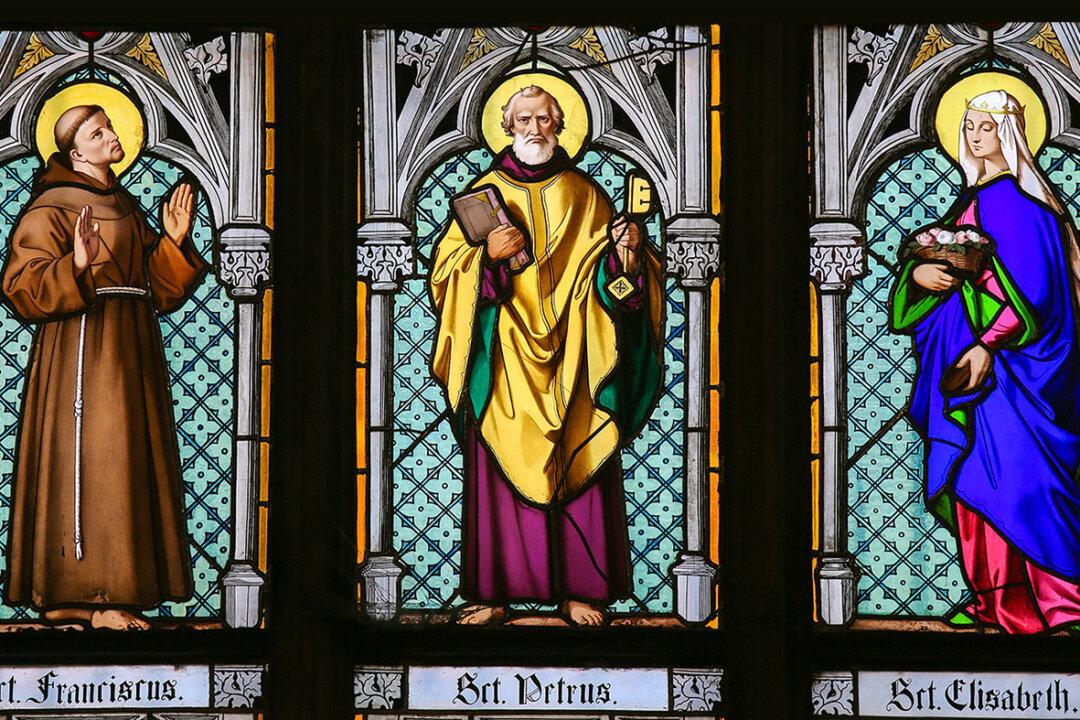Lately, I’ve been reading from M.F.K. Fisher’s “
The Art of Eating.” I say “from” because this thick volume contains five books that Fisher wrote on cooking and dining. And her prose is as exquisite as the dishes she recommends.
While reading this book, the thought suddenly hit me: Why aren’t our students reading this sort of literature? Our students should be reading books that match their interests and expose them to high-quality writing and ideas. And while we’re at it, why not give today’s teenagers some old books where the shrill cries of today’s political correctness aren’t even a whisper?
Suppose your 16-year-old son isn’t a fan of Shakespeare or Jane Austen—no surprises there—but he enjoys military history. Hand him a copy of Anton Myrer’s “
Once An Eagle,” which covers several of the conflicts between World War I and Vietnam. He’ll not only acquire all sorts of information about the American military, but the history he’s studied will come alive in this well-written novel, as well.
Your 15-year-old daughter is an amateur chef, always wanting to help out with the cooking and trying new recipes. Have her shake hands with “The Art of Eating,” and you’ll not only enhance her culinary skills, but you’ll also introduce her to some fine writing as well.
Does your 13-year-old enjoy drawing and painting? Hie the kid off to the public library, head for the 700s in the Dewey decimal system, and let her check out some books like Sister Wendy Beckett’s “
The Story of Painting“ or one of those oversized volumes containing the works of Rembrandt, Van Gogh, or Norman Rockwell. These will spark her artistic imagination while teaching her some history and culture along the way.
Introduce your teenage granddaughter to Betty Smith’s coming of age novel “
A Tree Grows in Brooklyn.“ If she’s in need of laughter, as most of us are, give her a copy of Dodie Smith’s ”
I Capture the Castle.“ Teenage boys looking for adventure in paper and print might enjoy John Buchan’s ”
The Thirty-Nine Steps“—the godfather of the modern spy novel—or another story of cat-and-mouse pursuit, Geoffrey Household’s ”
Rogue Male.”
Many parents these days are leery about turning their teens loose in a public library, fearful the adolescent will pick something trashy to read—and there’s plenty of trash to choose from. Parents look at the reading lists for their child’s public school literature classes and discover they’ve never heard of half or more of the titles and authors, which is another sign that the good stuff from the past has gone the way of the Ford Model T and ladies’ parasols.
So, what are concerned parents and grandparents to do? They want to play matchmaker, acquainting Sally and Jim with good books, stories that will make the kids lifelong literature lovers. But where and how do they begin?
Finding these books can seem a daunting task, but never fear. The good books are out there, and lots of writers and websites are still promoting them. Here are some tips that should make that search even easier.
First, a caveat: Avoid online sites in which the majority of “classics” and “best books for teens” are less than 30 years old. You’ll find some gold there but far more dross.
On the opposite end of the spectrum are those sites that truly promote the classics of Western civilization. Some of these sites provide great resources, especially for homeschoolers, like “
The Susan Wise Bauer Classics List.” Many of the books listed are, as advertised, true treasures from our past. However, “
The Iliad” or “
The Brothers Karamazov“ are unlikely to entice most teens—especially the younger crew—into snuggling up on the sofa with a book, a cup of hot chocolate, and a comforter.
In addition, hard-copy guides can be a great resource for parents looking for the best in books for their teens. I’d highly recommend “
Honey for a Teen’s Heart“ by Gladys Hunt and Barbara Hampton. Like Hunt’s earlier book for younger readers, ”
Honey for a Child’s Heart,” this splendid guide for parents and teens contains hundreds of recommendations plus inspirational passages on the value of reading and advice from the selection of good books.
“Our hope—Barbara’s and mine—is that reading this book and using its bibliography will spur your family on to even greater treasures of literature,” writes Gladys Hunt in “Honey for a Teen’s Heart.”
And that, dear readers, is the goal.






